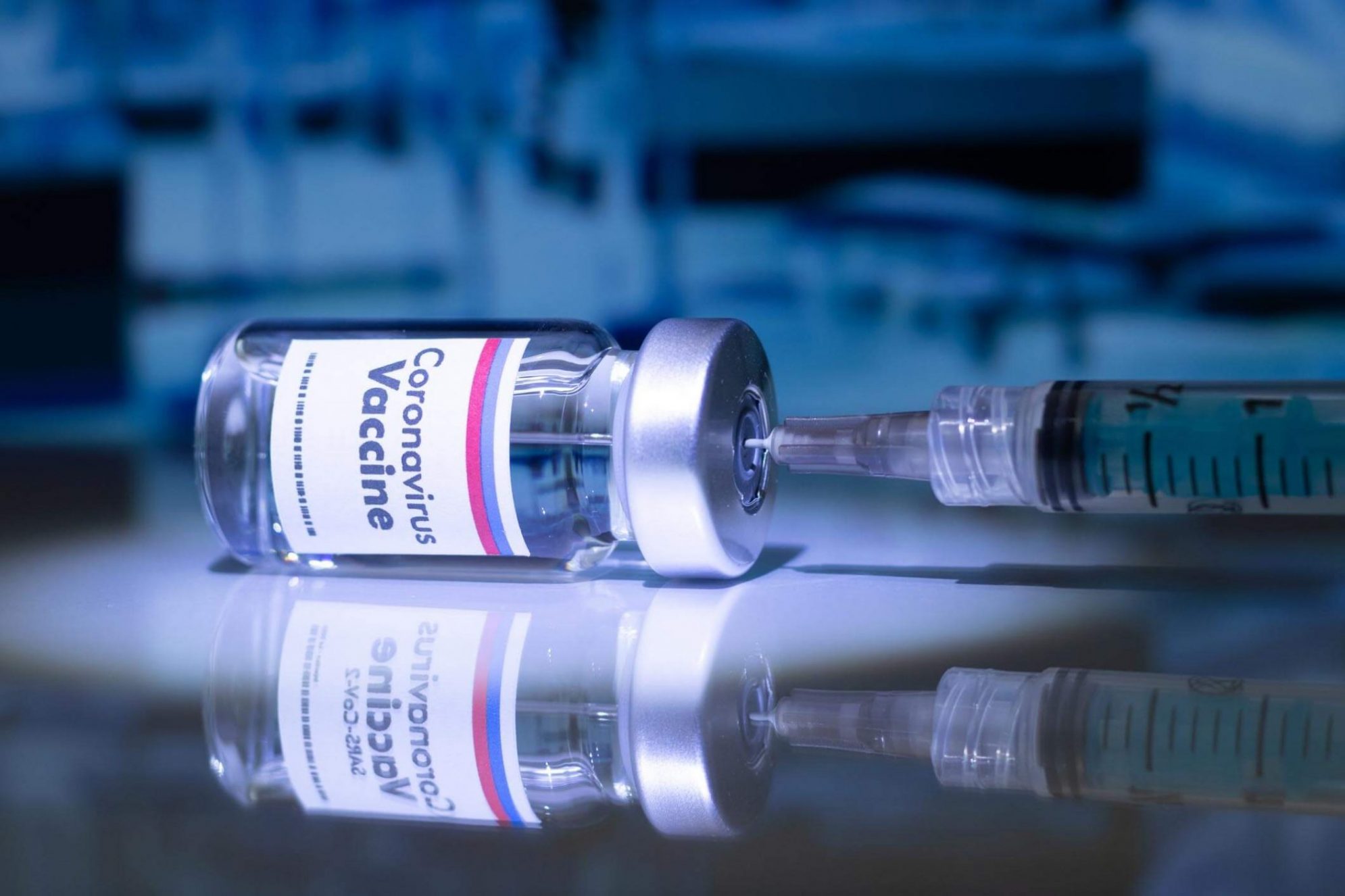
Separating facts from fiction: the role of communication in fighting COVID-19 vaccine misinformation
COVID-19 has had a shattering effect on our lives and activities. It has struck over 80 million people worldwide and has led to the most severe restrictions on travel, behaviours and economic activity that many countries have seen in peacetime. Yet despite the doom and gloom of a cold winter in lockdown, there is hope on the horizon.
Treatment of COVID-19 is improving, the infection rate across the UK is beginning to fall and new vaccines offering a high degree of immunity are now being rapidly rolled out. The vaccines have been called our “ticket to freedom” but they will only afford community-wide protection if enough people agree to be vaccinated. Worryingly, recent research from the Office for National Statistics (ONS) suggests some communities and age groups are resistant to being vaccinated.
Overall, the ONS research suggests nine out of ten people say they would be very or fairly likely to be vaccinated when their turn comes and, not surprisingly, that figure is higher with older age groups, who are more at risk and lower with younger people.
There is, however, much greater resistance among some ethnic groups. The ONS research suggests that in Asian and Asian British communities the percentage of people who would be very or fairly likely to be vaccinated falls to 72% and in Black and Black British communities it falls to less than 50%.
This is obviously concerning, when you combine it with other research which shows that those from ethnic minority backgrounds are more likely to die from the disease. Figures from the ONS, for example, reveal that COVID-19 mortality for people of Black African or Black Caribbean ethnicity, in the first half of 2020, was two to two and a half times higher than for people of White ethnicity.
It is timely, therefore, that an international group of scientists and researchers led by Prof Stephan Lewandowsky at Bristol University, has just published a guide for improving communication and fighting misinformation about COVID-19 vaccines.
It is packed full of well-sourced information and practical advice for doctors, nurses, teachers, parents and community leaders, and it is currently being tested with professional health communicators, including those working here at Freshwater.
The COVID-19 guide debunks a number of bizarre conspiracies, such as the suggestion that the disease is caused by the new 5G mobile network and it explains the difference between ‘vaccine deniers’ and those who are ‘vaccine hesitant’. Vaccine deniers are a small but vocal group. They are not poorly educated but rather they tend to be non-conformists who reject science, believe in grand conspiracies and do not set much faith by collective community action.
The guide points out that people who are hesitant about accepting the COVID-19 vaccines, because they have unresolved safety concerns or are lacking information, should not be vilified or labelled ‘vaccine deniers’. Instead, it offers some valuable tips on how to communicate with them.
First, it emphasises how reassurance from doctors and nurses is more likely to be believed than messages from politicians. It also highlights the role that community leaders can play by engaging their communities with factual information in a calm, transparent and honest manner. Finally, it outlines how getting the public involved in spreading the positive message about vaccines can be effective too.
The guide says we should not try to convince the ‘vaccine deniers’, instead we should try to protect the public from misinformation.
But why does this matter? What’s wrong with a small group of people not believing the evidence?
It matters because for the vaccines to work fully, and in order to protect those who for good medical reasons cannot be vaccinated, we need to aim for herd immunity. Herd immunity is achieved when so many people have been vaccinated that a disease can no longer spread among the small number of people who have not been vaccinated.
The percentage of people who need to be vaccinated to achieve herd immunity against COVID-19 is currently unclear because we do not know how effective large-scale vaccination will be or for how long vaccination protection will last. But this is no time to take risks. We must do everything we can to ensure the maximum take up of COVID-19 vaccines. At the end of the day, lives depend on it.
This article was written by our Executive Director, John Underwood, and appeared in the Western Mail newspaper on 8 February 2021.
Read the COVID-19 Vaccine Communication Handbook in full here.
